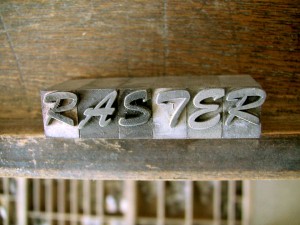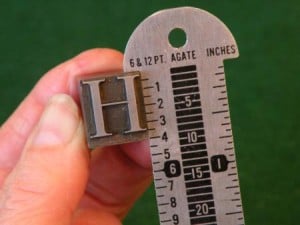If you've worked with a commercial printer for any length of time, it's likely that at some point they've asked you to supply your files in CMYK, or they may have told you that the color of your job shifted because your files had to be converted to CMYK. If you didn't know that meant, and were brave enough to ask, your printer undoubtedly told you that CMYK stands for Cyan, Magenta, Yellow and Black.
Unfortunately, you were told wrong.










